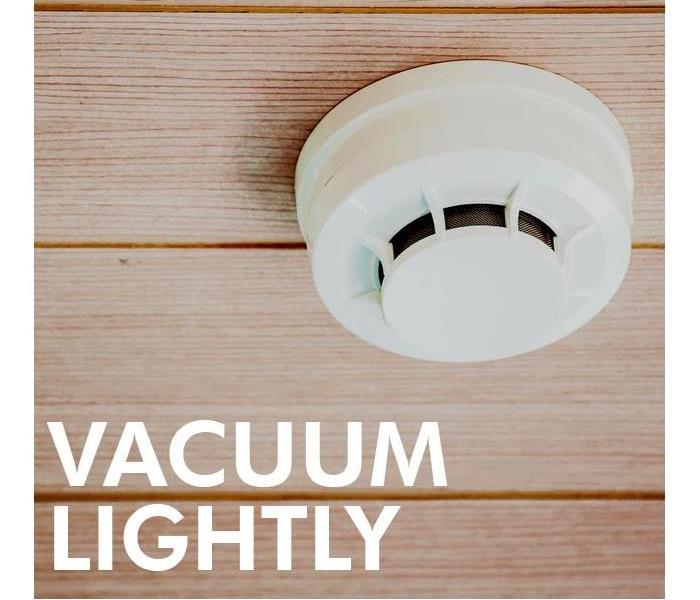The 3 Pillars of Commercial Fire Preparedness
4/21/2020 (Permalink)
Commercial Fire Preparedness
Emergency services respond to more than one million structure fires each year. If you consider fires put out by an occupant of the property, the number is much higher. Understanding the importance of early detection, prevention and readiness may raise your level of fire preparation and minimize the fire risk in your Allandale, TX, business.
Early Detection
Working smoke alarms are your best defense against a commercial structure fire. Smoke alarms notify you loudly when smoke is present. If your alarms are malfunctioning, they may not do their job. Consider the following practices:
- Testing each alarm monthly by pressing the reset button.
- Vacuuming the alarm to remove any dust that might interfere with operation.
- Installing new batteries every 6-9 months
Building codes require smoke alarms because they provide early detection, an essential part of fire preparation. Adding smoke alarm maintenance to your annual schedule is recommended.
Fire Prevention
Anticipating the potential causes of commercial fires will inform your strategy for disaster preparation. Consider evaluating your potential risk areas and eliminating them. For example, keeping your heat and dryer vents cleaned out can prevent bird’s nests or lint blockages from igniting. Having your natural gas lines inspected for leaks once per year is an important practice. Exercising caution when using space heaters, candles, and smoking implements is integral to fire preparation. It’s helpful to take a little time to identify and address these types of risks.
Fire Readiness
Readiness means being prepared to respond effectively to a fire. Keeping an adequate number of fire extinguishers in your building is strongly recommended. If you think it would be useful, you can request a consult from your local fire remediation expert. They can help you identify evacuation routes, design fire drills and help you determine the proper number and location of fire extinguishers.
The energy it takes to reduce your fire risk is minimal in comparison to the disruption and cost of recovering after fire damage. A plan that includes early detection, prevention and readiness can turn a potential disaster into a harmless close call.

 24/7 Emergency Service
24/7 Emergency Service
